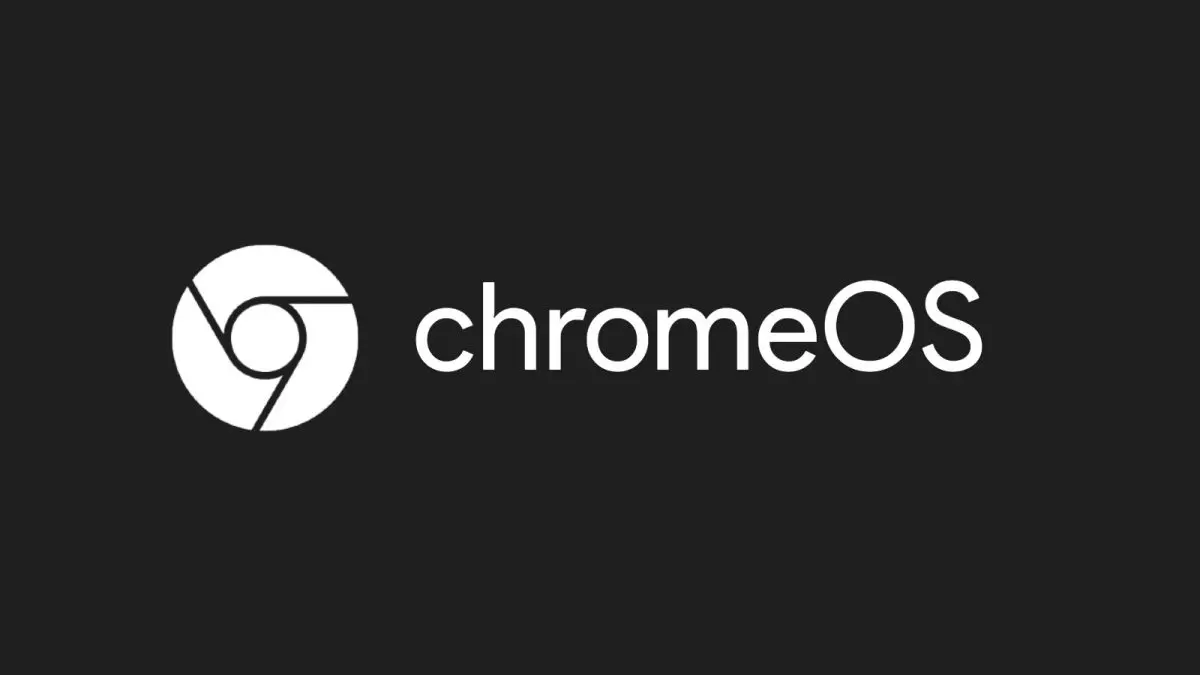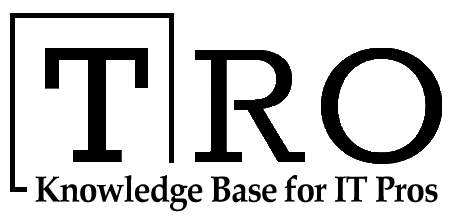Google Pixelbook i7 – Bringing New Life to ChromeOS?
The Google Pixelbook i7 (2017) is the flashiest Chromebook yet!
ChromeOS has always had a bad reputation for being a glorified browser. And over the years, Google has tried to convince the tech world otherwise.
Take the Chromebook pixel line as an example.
Google’s Chromebook Pixels (2013 and 2015) have had more powerful intel processors than their competitors. The 2015 version took that a step further with an i7 variant that outperformed the Celeron Chromebooks by other manufacturers.
The 2017 Google Pixelbook 12in is an upgrade to the 2015 Chromebook Pixel. But before we get to the spec sheet, here’s something about Chromebooks first.
Contents
What are Chromebooks and ChromeOS?
Chromebooks feature ChromeOS, a light-weight operating system made for web-based applications. These devices boot significantly faster and take less space, making them perfect for browsing and lenient tasks.
The original intent for ChromeOS and Chromebooks was to be the cheaper alternative to laptops. With devices like the Google Pixelbook 12in, this is changing rapidly.
These 2-in-1 devices are getting better hardware and increasingly smoother software, making them more expensive. This change ponders the question, why even use a Chromebook?
 Benefits of Using a Chromebook
Benefits of Using a Chromebook
Chromebooks miss out on functionality benefits like gaming and multimedia editing. You’ll also miss some of the Windows apps and be on a constant search for alternatives.
Nonetheless, here are a few things that Chromebooks are good at:
- Quick boots and in-general faster operations
- Integration with Google Workspace
- Cheaper and great for office use
- Better collaboration and higher security than Windows because of cloud-based functioning
- Good battery life
If you want a device that takes care of all things browsing there’s no need for you to spend more than a few hundred bucks.
A Chromebook also acts like your tablet whenever you need to watch Netflix or play some light games.
Being cheap also makes these devices great for educational use. Students can do pretty much all of their tasks. Like writing notes and assignments, making presentations, and multimedia consumption.
So, does all of this apply to the Google Pixelbook i7? Let’s find out.
All About the Google Pixelbook i7 – Features, Specifications, & More
The Google Pixelbook i7 is somewhat of a different beast, which isn’t always a good thing. The cheapest option costs $999, and the highest variant for $1,500.
Now that’s one expensive Chromebook. As you’d expect, the Google Pixelbook 12in does everything a cheaper alternative would, but faster and better.
Being Google’s own child, the Pixelbook also gets more attention than other devices.
Google Pixelbook i7 – Features & All the Good Stuff
The Pixelbook has some smart features if it’s part of the ecosystem. Like unlocking the device with your phone’s fingerprint sensor, and automatic tethering from mobile data.
The Google Pixelbook 12in has great hardware too! The hinges are all solid and support 360° tilting. The keyboard is good enough for long typing hours, and the keyboard support’s smooth finish is wonderful.
The design is sleek and unique, just like the Pixel phones. The front side leaves a bit to be desired with unusually thicker bezels (even more than the Chromebook Pixel 2015)! Although, the beautiful display makes up for it.
The 7th gen kaby-lake processor makes the device one of the fastest Chromebooks ever. Along with that, an SSD makes everything just that much faster.
Google Pixelbook i7 – Specifications
The Google Pixelbook i7 (12in) has one of the best spec sheets in the Chromebook market.
| Display | 12.3 inches, 2400 x 1600 resolution, 235 ppi, 400 nits, Touchscreen |
| Processor | Intel Core i7-7Y75 |
| RAM | 16GB |
| Storage | 512GB SSD |
| Graphics Coprocessor | Intel HD615 |
| Ports | 2 USB Type-C, 1 3.5mm Headphone Jack |
Google Pixelbook i7 – The Pros & Cons
For the most part, Google Pixelbook i7 is a great Chromebook. In fact, you can easily put it amongst the best.
However, the best Chromebook is still sometimes worse than a great tablet or a great laptop. So, most of the cons we’ll discuss are greatly influenced by the Pixelbook’s nature itself.
The Pros
- The Pixelbook is sturdy and has decent build quality
- Software stays up-to-date with frequent changes by Google to make it better
- Google integrations make life easier and smarter with lots of cool features
- Extremely fast and smooth for a Chromebook
- Bult-in Google Assistant button for easier access and usage
- Plenty of Android Apps
The Cons
- No Microsoft Office or any Windows apps
- ChromeOS has a moderately difficult learning curve coming from a Mac or Windows PC
- While tilting 360°, holding the Pixelbook becomes awkward when you keep hitting the keyboard (inactive while tilted)
- Compatibility issues with quite a few Android apps
- Very less gaming capability
Comparing the Google Pixelbook i7 with Other Alternatives
When it comes to Chromebook alternatives, we’d suggest going for cheaper ones. After all, a Chromebook’s purpose is lightweight browser usage and office work.
However, the Pixelbook doesn’t just compete with other Chromebooks. You can get a Macbook Air, Microsoft Surface Laptop, or an iPad, all for around the same price.
As Marques from MKBHD put it in his video, “2-in-1s are usually worse at being a tablet than an actual tablet. And, they’re also worse at being a laptop than an actual laptop.” This also applies to the Google Pixelbook 12in.
But, if you’re only looking for one device that does both, there isn’t any better option than the Pixelbook.
Getting Past the ChromeOS on the Google Pixelbook i7
As I said earlier, a lot of things wrong with the Pixelbook are because of ChromeOS. But, there are ways to go around it.
You’ll be glad to hear that the Pixelbook has access to fully functional Debian Linux. Although its stability remains questionable.
If you’re willing to risk it, there is a way to install Ubuntu alongside ChromeOS. It won’t be as unstable as Linux, but there are some minor bugs you’ll have to deal with.
As it is, ChromeOS does fine for programming work. But, installing these OS could make it a better experience.
Our Final Word
To sum it up, the Google Pixelbook i7 is a top dog instead of a game-changer in the Chromebook Market!
For the price of one big grand, you need to think your needs through. Regardless, we can still see the Pixelbook get a fair share of its fans.
And, for a good reason!
Also Read : Understanding the Importance of IoT (Internet of Things) : Pros, Cons, and Opinions
